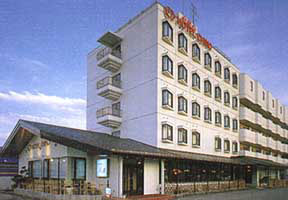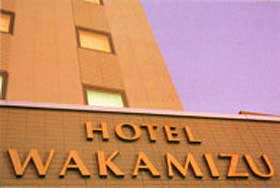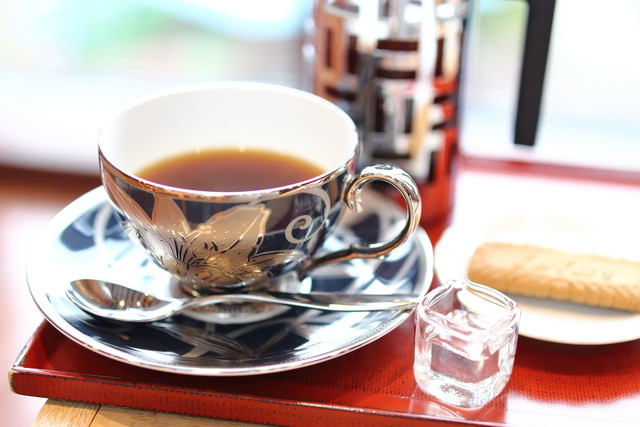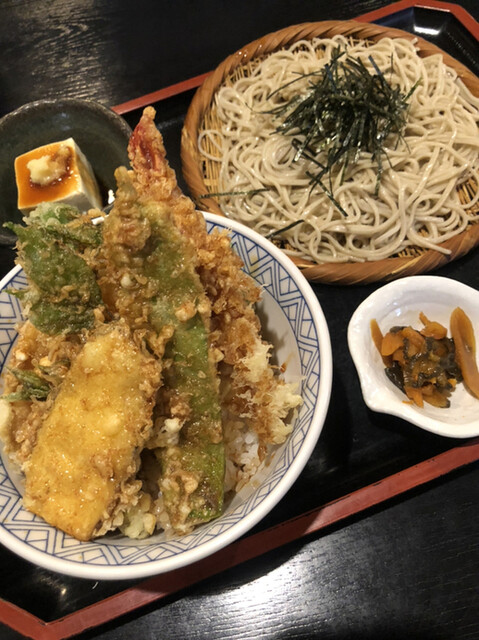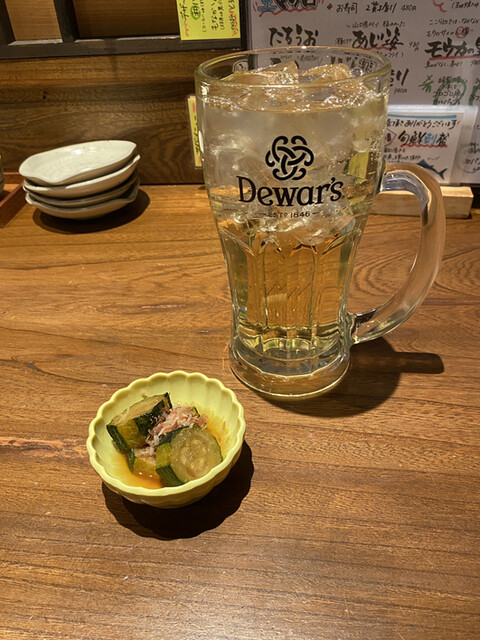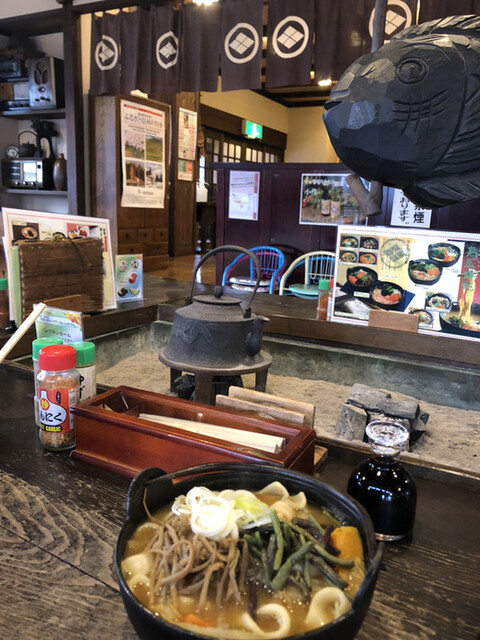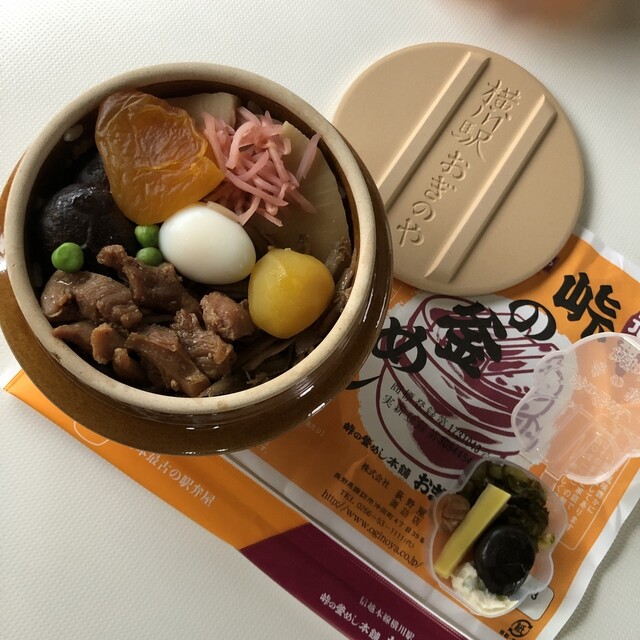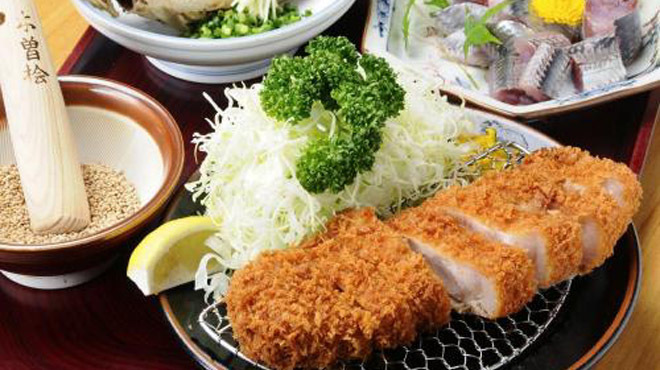
Suwa Grand Shrine is a shrine that has been worshipped since ancient times, believed to have been founded between 1500 to 2000 years ago. Throughout its long history, many beliefs and cultures have mixed together, giving birth to unique festivals and rituals. Suwa Grand Shrine has a variety of festivals, such as the Onbashira Festival and Shinko Festival, and attracts many visitors every year. Additionally, there are many historical buildings and cultural assets preserved at Suwa Grand Shrine, which can be visited and explored. One of the attractions of Suwa Grand Shrine is the deep traditions and history passed down from ancient times.



















